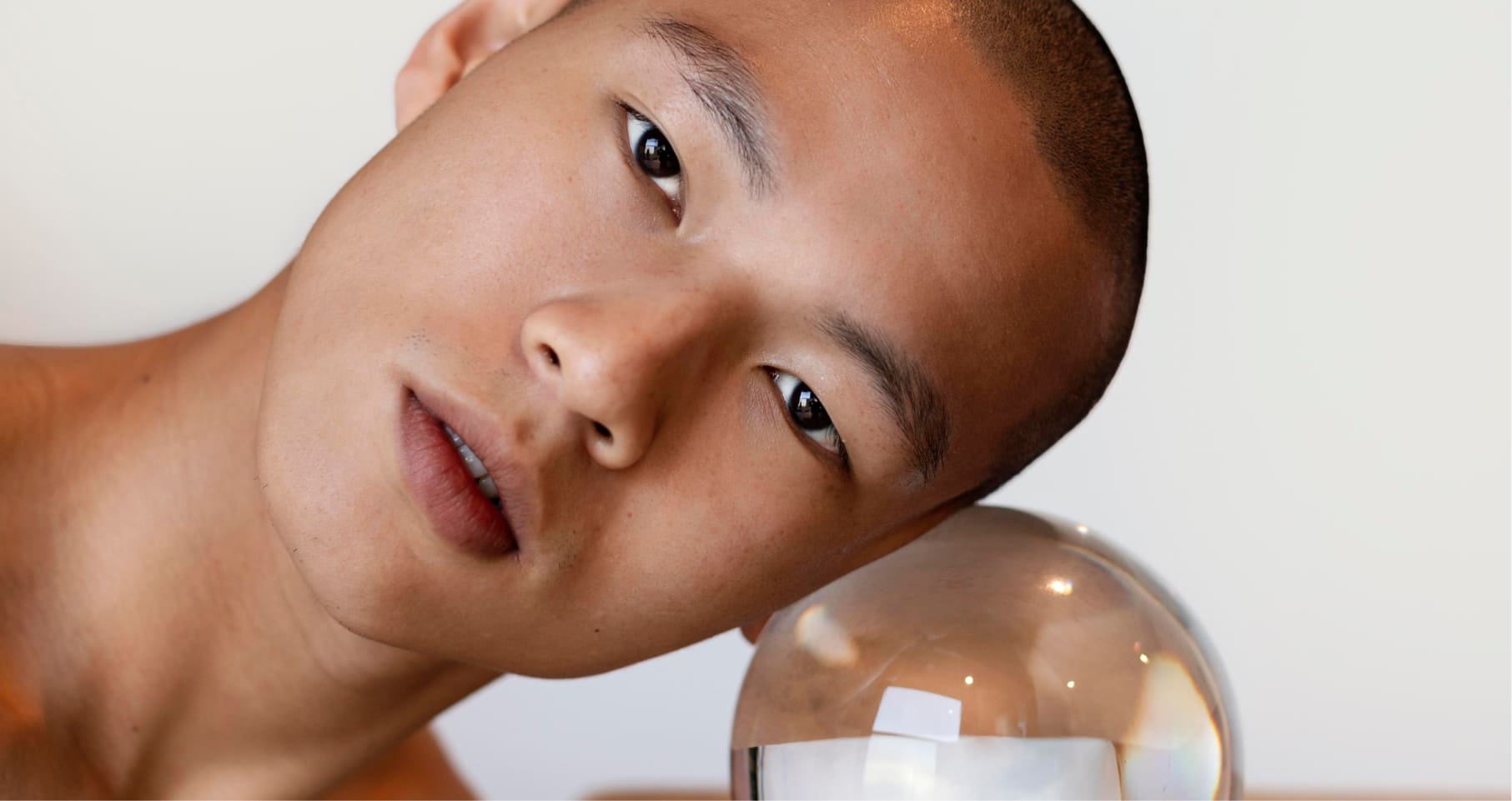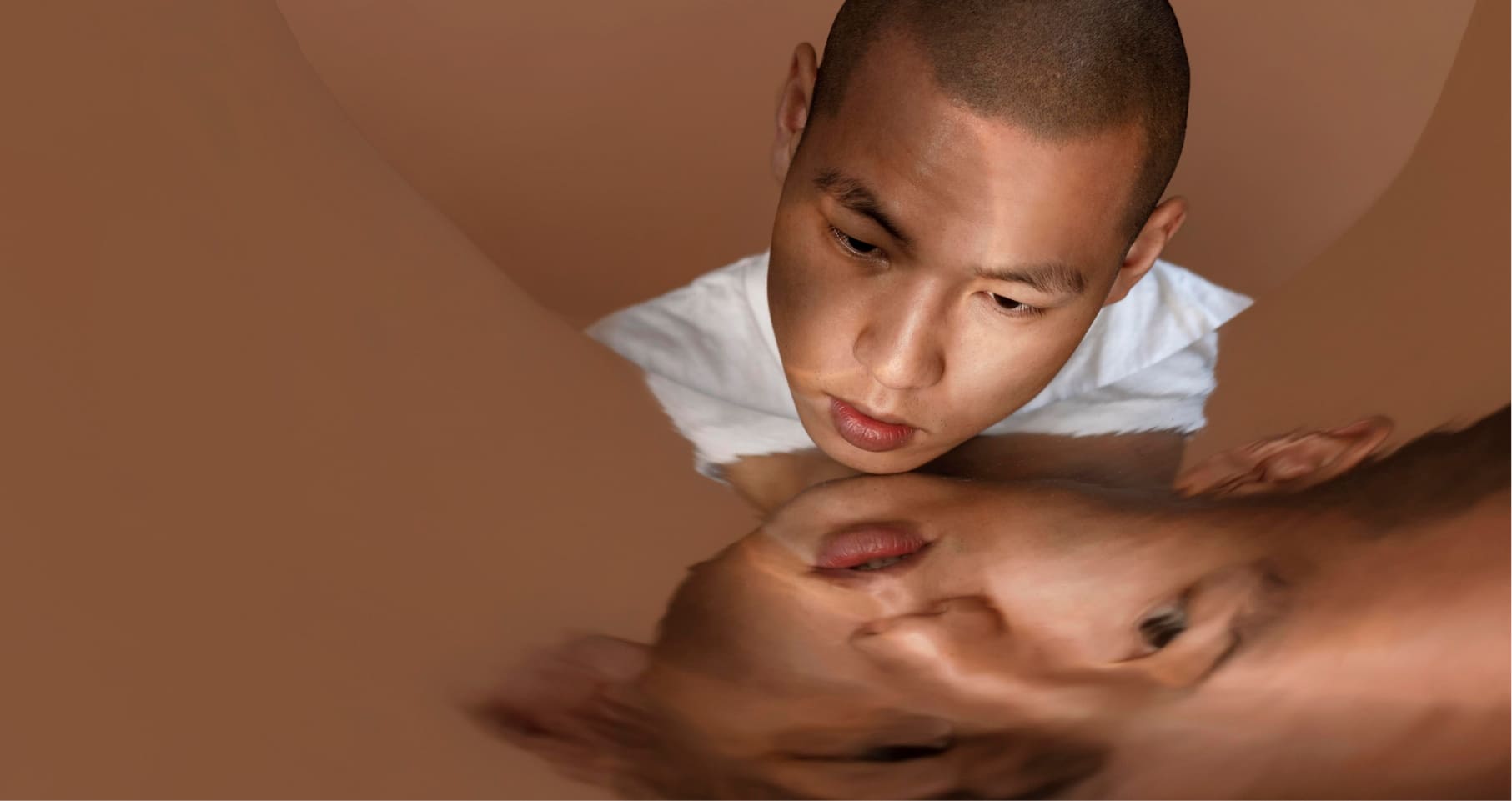The product photography landscape has undergone a dramatic transformation in recent years. As e-commerce continues to dominate the retail space, brands face mounting pressure to produce high-quality visual content at an unprecedented scale. In 2025, this evolution has reached a critical turning point, where traditional photography methods are being challenged by innovative solutions that promise both efficiency and quality.
The digital marketplace has fundamentally changed how consumers interact with products. With global e-commerce sales projected to continue their steep growth trajectory, the demand for product photography has exploded. Brands are no longer competing just on product quality – they’re competing on visual presentation, and the stakes have never been higher.
Today’s brands face a complex set of challenges:
The need for constant content refreshment across multiple platforms
Rising production costs in traditional photography
Shorter go-to-market timelines
Increasing demand for diverse visual assets
Platform-specific content requirements
The pressure to maintain premium quality while controlling costs
In an environment where physical product interaction is impossible, high-quality visuals have become the primary driver of purchasing decisions. Studies consistently show that superior product photography can increase conversion rates by up to 30%. For luxury and premium brands, this impact is even more pronounced, making visual quality not just a marketing choice, but a business imperative.
Understanding the true cost of professional product photography involves much more than just a photographer’s fee. Let’s explore what really goes into creating those perfect product shots.
Before anyone picks up a camera, there’s extensive preparation work. Art directors develop concepts and mood boards, while stylists source props and prepare sets. Project managers coordinate teams, book studios, and handle client communications. This preparation phase alone often accounts for 25% of your total budget.
On shoot day, you’re not just paying for a photographer. A professional team typically includes:
Photography assistants
Digital technicians
Set designers
Stylists Plus the costs of studio rental, professional cameras, lighting equipment, and backup gear.
After the shoot, skilled retouchers spend days perfecting each image. This includes color correction, detailed retouching, and ensuring brand colors are exactly right. For luxury products, this precision work is crucial but time-consuming.
Many costs are easily overlooked:
Transportation of equipment and products
Insurance for equipment and studios
Team coordination time
Client review sessions
Archive management
Potential reshoots
When you add it all up, a seemingly simple photo shoot can require weeks of work and numerous professionals, explaining why traditional photography represents such a significant investment for brands.



Nor again is there anyone who loves or pursues or desires to obtain pain of itself, because it is pain, but because occasionally circumstances occur in which toil and pain can procure him some great pleasure. To take a trivial example, which of us ever undertakes laborious physical exercise, except to obtain some advantage from it?
But who has any right to find fault with a man who chooses to enjoy a pleasure that has no annoying consequences, or one who avoids a pain that produces no resultant pleasure? On the other hand, we denounce with righteous indignation and dislike men who are so beguiled and demoralized by the charms of pleasure of the moment, so blinded by desire, that they cannot foresee the pain and trouble that are bound to ensue; and equal blame belongs to those who fail in their duty through weakness of will, which is the same as saying through shrinking from toil and pain.
This site uses cookies to offer you a
better browsing experience.